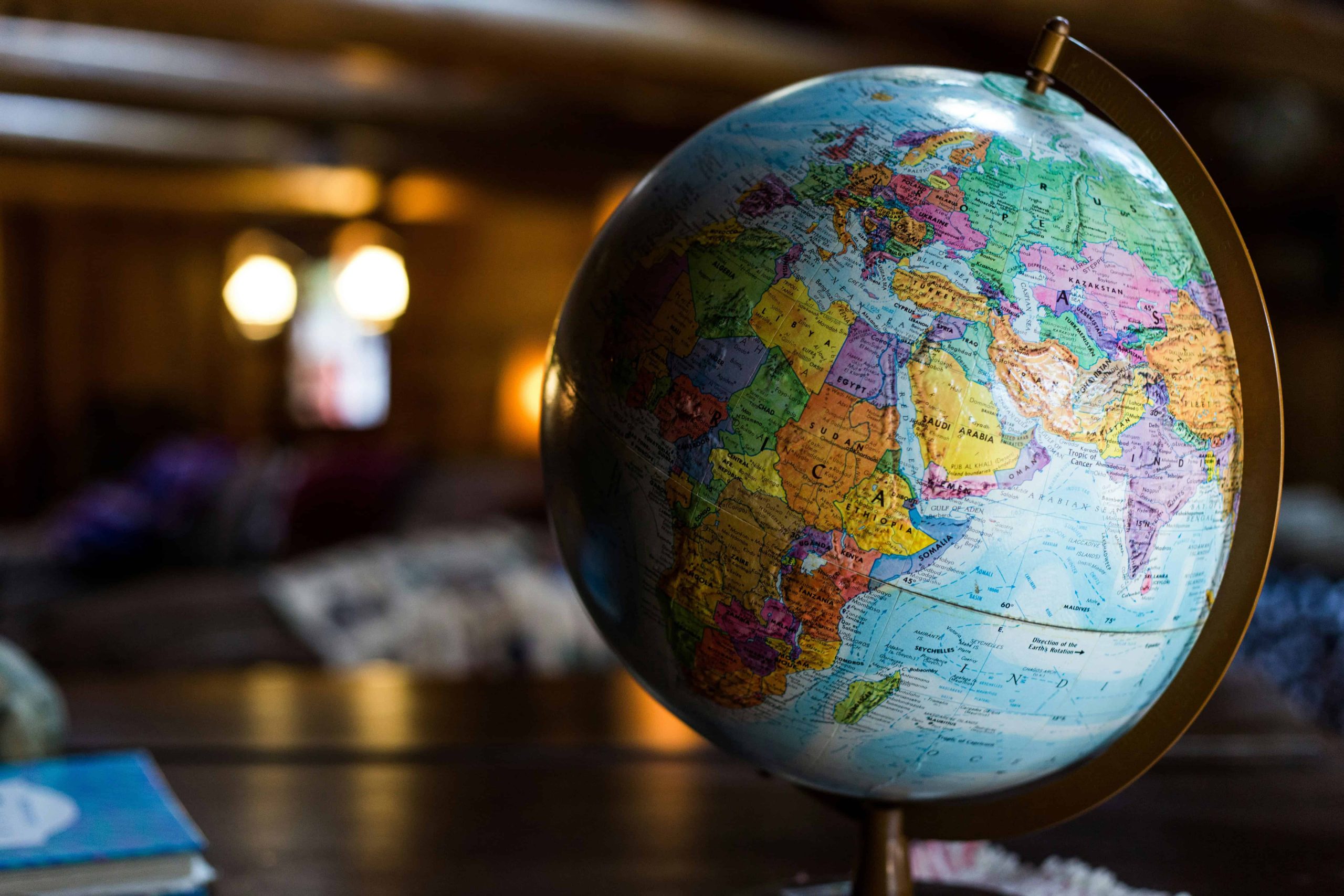
29 May Diversity and Inclusion in Global Art Dialogue
Diversity and Inclusion in Global Art Dialogue: Enriching Perspectives and Cultivating Equity
Art has always been a reflection of society, capturing its essence, struggles, and triumphs. In recent years, the dialogue surrounding art has expanded globally, acknowledging the diverse voices and perspectives that contribute to its richness. This article delves into the significance of diversity and inclusion in shaping the global art narrative and explores strategies to ensure a more equitable and representative artifice world.
In today’s interconnected world, the importance of global art dialogue cannot be overstated. As boundaries blur and cultures intersect, art serves as a universal language, fostering understanding and empathy across diverse communities. However, for this dialogue to truly resonate, it must embrace diversity and inclusion at its core.
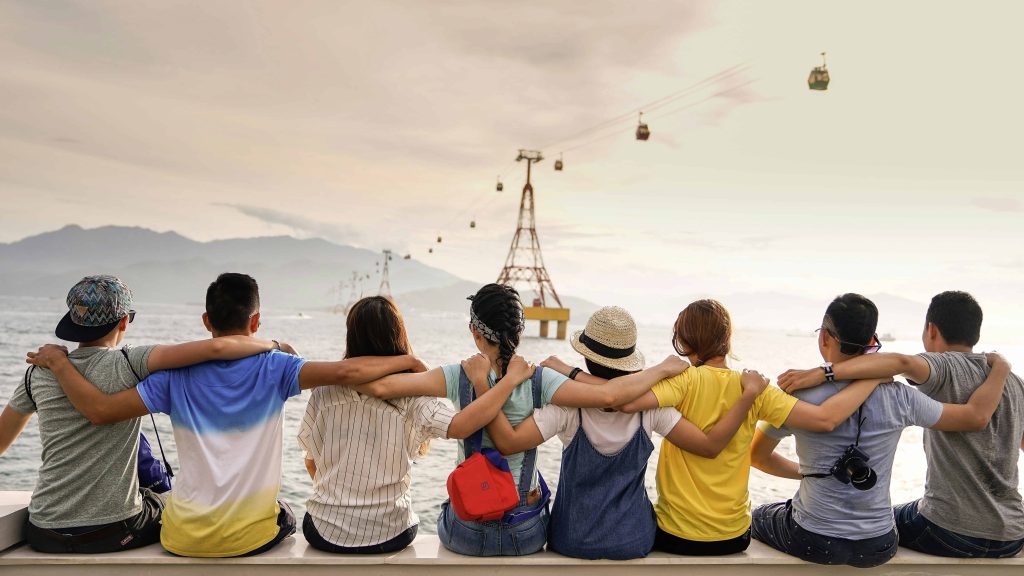
The Need for Diversity
Historical Context
Throughout history, certain perspectives have dominated the art world, often at the expense of marginalized voices. Women, people of color, LGBTQ+ individuals, and artists from non-Western cultures have faced systemic barriers to recognition and representation. Understanding this historical context is crucial in recognizing the urgency of diversifying the art narrative.
Benefits of Diversity
Diversity enriches art by introducing new viewpoints, experiences, and narratives. It challenges conventional norms and expands the boundaries of creativity. By embracing diverse voices, we gain a more comprehensive understanding of art history and movements, paving the way for a more inclusive future.
Achieving Inclusion
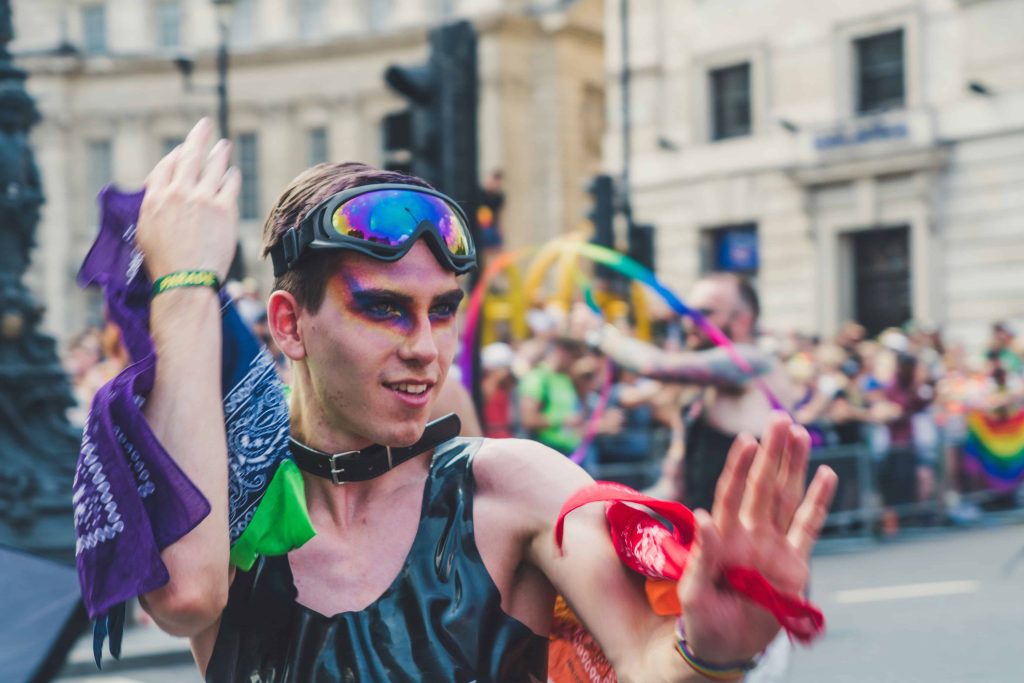
Challenges to Inclusion
Despite progress, challenges to inclusion persist within the artifice world. Existing power structures in museums, galleries, and art markets often perpetuate inequality. Biases in curation, exhibition, and critical reception further marginalize underrepresented artists, hindering their visibility and success.
Strategies for Inclusion
To foster inclusion, proactive measures are needed. Art institutions must actively seek out and promote diverse voices, ensuring equitable opportunities for representation. Diversifying leadership and decision-making bodies can dismantle existing hierarchies and promote inclusivity. Additionally, creating accessible platforms for international artistic exchange can bridge cultural divides and amplify marginalized voices.
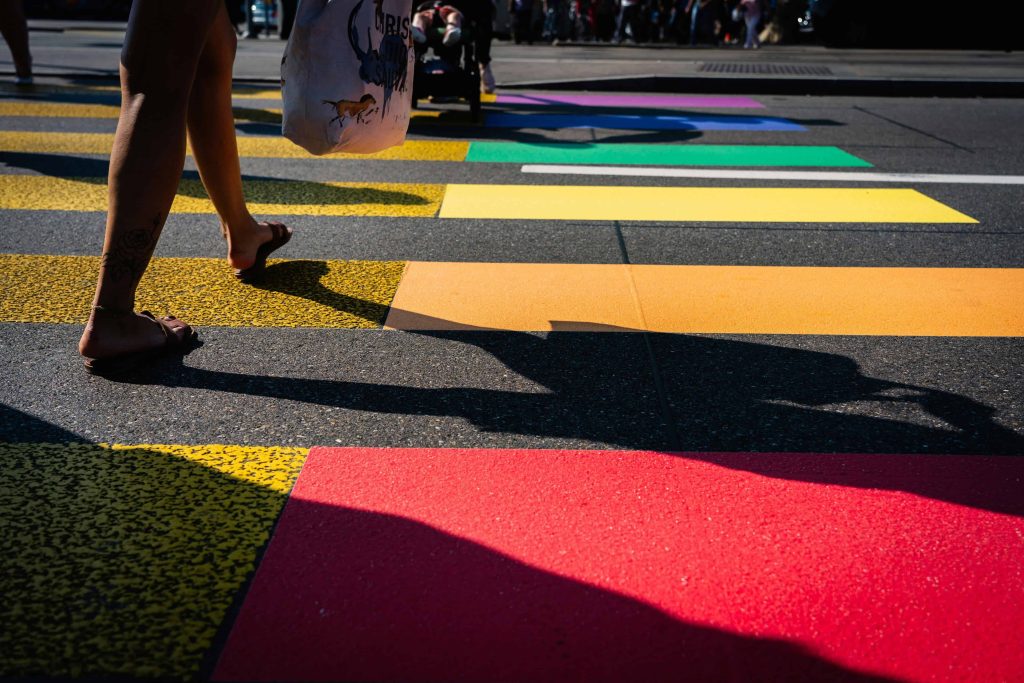
Impact of Diversity and Inclusion
Expanding the Definition of Art
Diversity challenges traditional notions of art, embracing previously marginalized art forms and expressions. By broadening the scope of what constitutes art, we celebrate cultural diversity and foster a more inclusive artistic landscape.
Fostering Global Understanding
Art has the power to transcend boundaries and cultivate empathy. Through diverse narratives and perspectives, it bridges cultural divides and fosters a deeper understanding of shared human experiences. In a world plagued by division, art serves as a catalyst for unity and connection.
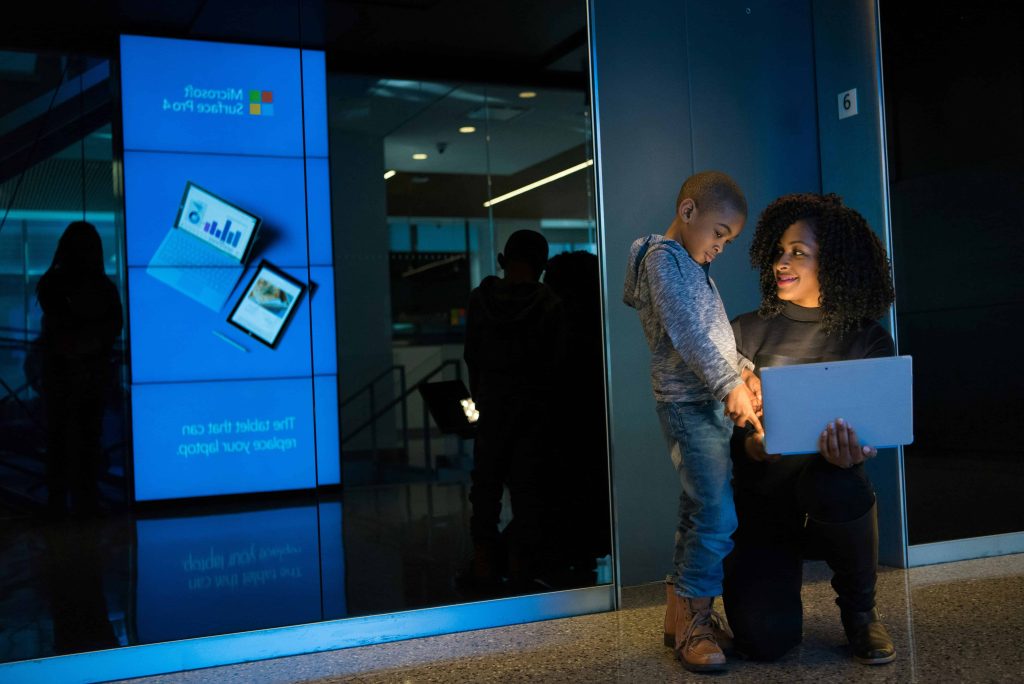
Conclusion
In conclusion, diversity and inclusion are not just buzzwords; they are fundamental principles that shape the global art dialogue. By embracing diversity, challenging biases, and fostering inclusivity, we can create a more equitable and representative artifice world. As we look to the future, let us remain committed to amplifying diverse voices and nurturing a vibrant, inclusive artistic community. Together, we can build a world where art truly reflects the beauty and complexity of humanity.
Key Takeaways
- Significance of Global Art Dialogue: Art serves as a universal language, fostering understanding and empathy across diverse communities, making global art dialogue essential in today’s interconnected world.
- Historical Context and Need for Diversity: Recognizing historical inequalities in art is crucial for understanding the urgency of diversifying the art narrative and ensuring equitable representation for marginalized voices.
- Benefits of Diversity: Embracing diverse voices enriches art by introducing new viewpoints, experiences, and narratives, ultimately paving the way for a more inclusive future.
- Challenges to Inclusion: Existing power structures in the art world perpetuate inequality, hindering the visibility and success of underrepresented artists through biases in curation, exhibition, and critical reception.
- Strategies for Inclusion: Proactive measures such as promoting diverse voices, diversifying leadership, and creating accessible platforms for international exchange are essential for fostering inclusion in the art world.
- Impact of Diversity and Inclusion: Diversity challenges traditional notions of art, celebrates cultural diversity, fosters global understanding, and serves as a catalyst for unity and connection.
- Conclusion: Diversity and inclusion are fundamental principles that shape the global art dialogue, and by embracing them, we can create a more equitable and representative art world, nurturing a vibrant, inclusive artistic community.
FAQs
Why is diversity important in the global art dialogue?
Diversity enriches art by introducing new viewpoints, experiences, and narratives. Recognizing historical marginalization emphasizes the urgency of diversifying the art narrative for a more inclusive future.
What challenges exist in achieving inclusion in the art world?
Challenges include existing power structures, biases in curation and critical reception, and limited opportunities for underrepresented artists. Proactive measures are needed to dismantle hierarchies and promote equitable representation.
How do diversity and inclusion impact the global art landscape?
Diversity challenges traditional notions of art, celebrates cultural diversity, and fosters empathy. Embracing diversity and inclusion creates a more representative, equitable, and reflective global art landscape.
Be inspired by the ingenuity and resilience of street artists as they navigate the complex intersections of art, activism, and urban life.

